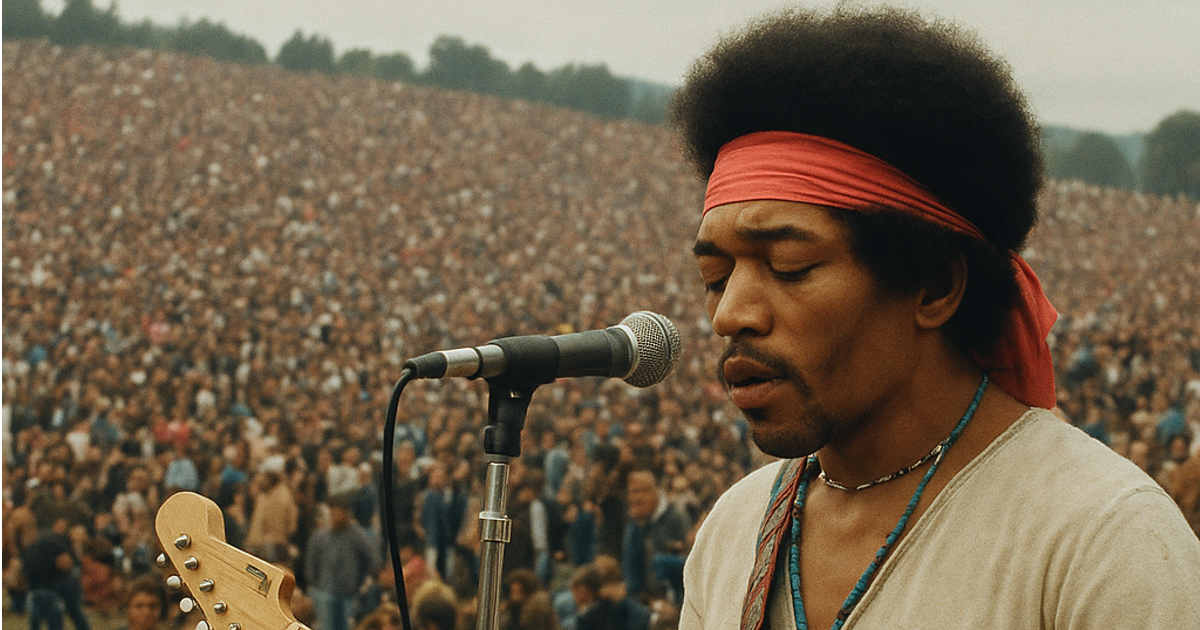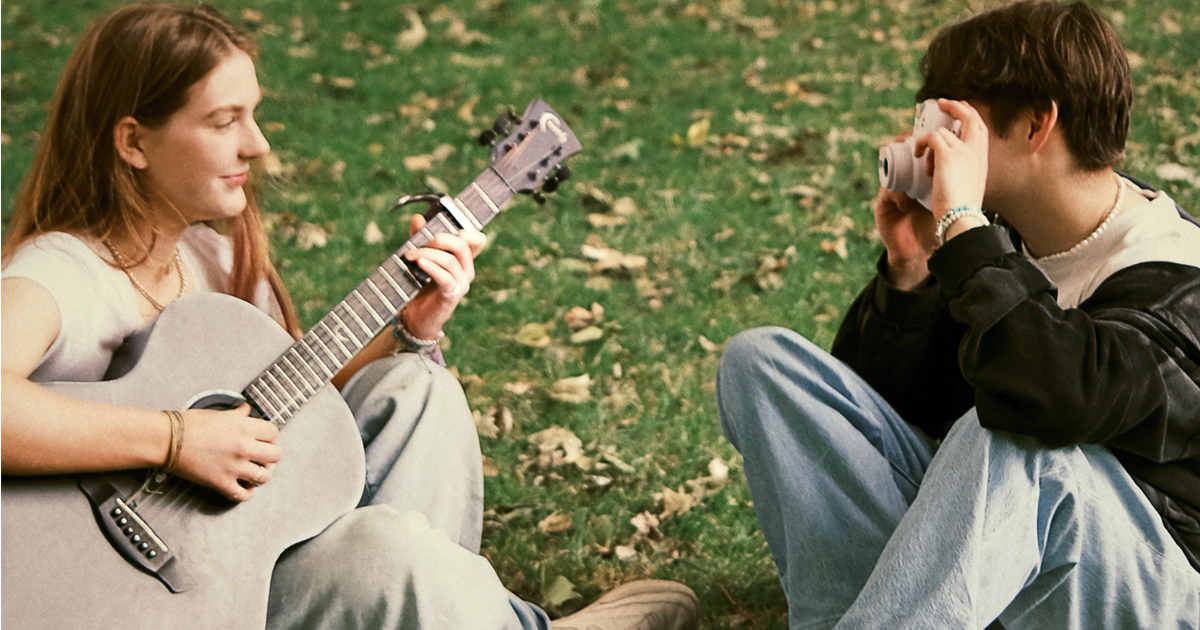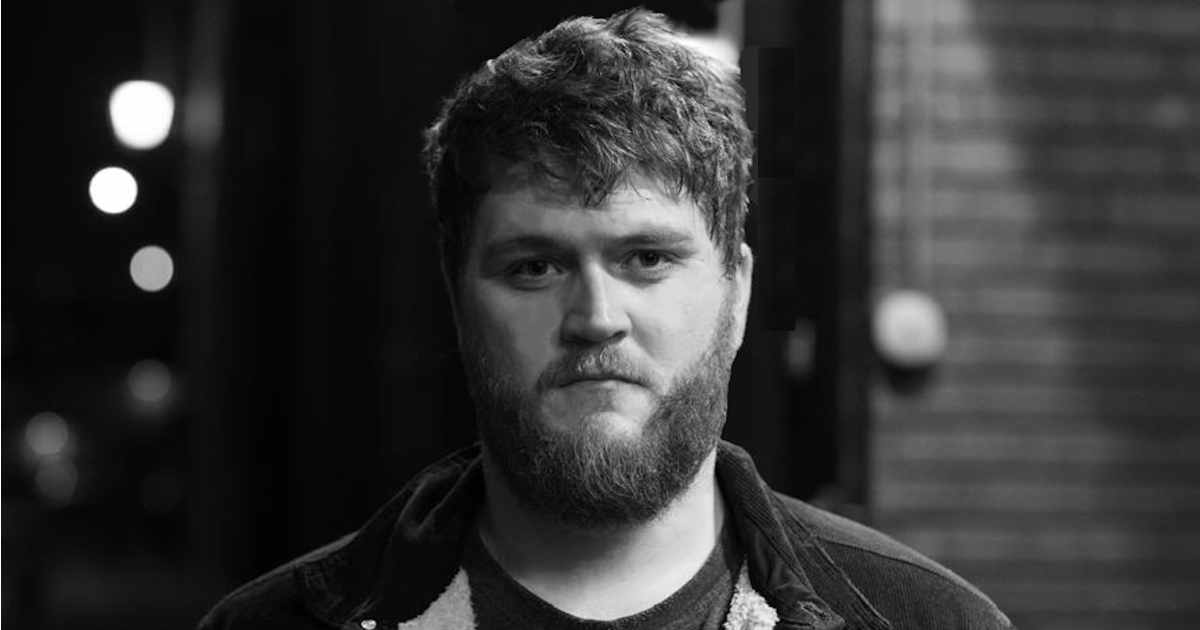Woodstock 1969: When Hendrix Gave America a New Anthem
Uploaded | July, 2024
On the 15th August, 1969, a quiet dairy farm in Bethel, New York, transformed into the epicenter of a cultural revolution. Over 400,000 people flooded into the fields for three days of music, unity, and countercultural expression. What unfolded was far more than a concert—it was a defining moment for a generation seeking peace amid chaos.
The late 1960s marked one of the most turbulent times in American history. With the Vietnam War escalating and civil unrest growing at home, the youth were searching for a way to voice their discontent. Woodstock became their answer—a peaceful protest wrapped in music, love, and defiance.
Promoters managed to secure a star-studded lineup featuring Janis Joplin, The Who, Joe Cocker, Crosby, Stills, Nash & Young, Jefferson Airplane, The Band, and many others. Despite poor weather and overwhelming logistical challenges, the spirit of the festival endured.
By the final day, August 18th, the crowd had thinned. Torrential rain had left many soaked, exhausted, and ready to head home. But for the 30,000 who stayed, their patience was rewarded with one of the most legendary performances in rock history.
Jimi Hendrix, who had originally been scheduled to close the show the night before, was delayed by hours due to the chaotic conditions. Finally, at 8:30 a.m. on a damp Monday morning, he took the stage.
With his band Gypsy Sun and Rainbows, Hendrix delivered a set that would come to symbolize the entire ethos of the festival. Then, as the performance neared its end, he began to play The Star-Spangled Banner - but not as America knew it.
With soaring feedback and controlled chaos, Hendrix bent the national anthem into something new: a haunting, beautiful, and jarring interpretation. Mimicking the sounds of machine guns, bombs, and screams with his guitar, Hendrix offered what many interpreted as a powerful protest against the Vietnam War.
Though Hendrix denied any political intent, saying he was simply exploring the anthem in a different musical style, the message resonated deeply. For the Woodstock generation, his rendition became an anthem of its own, one that captured both the anguish and the hope of a youth disillusioned by war.
Few people knew that Hendrix himself had once worn a uniform. In 1961, before his rise to fame, he enlisted in the U.S. Army, training as a paratrooper in the 101st Airborne Division. His military career, however, was cut short after he broke his ankle on his 26th jump, leading to a medical discharge. That twist of fate set him on a path toward musical legend.
While Hendrix’s Star-Spangled Banner wasn’t the last song played at Woodstock, it’s the one that continues to echo through history. It was raw, real, and unforgettable, a moment were music spoke louder than politics, and a guitar became the voice of a generation.



